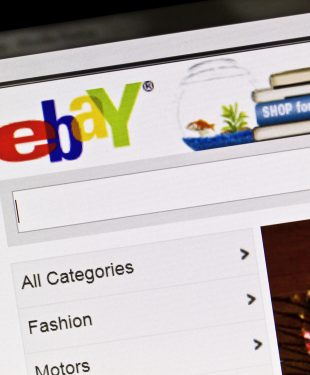Do you know what to do once you’ve decided to sell your watch? Choosing to sell a cherished timepiece can be a challenging decision. Perhaps it’s a piece you’ve grown out of, a luxury item that no longer fits your lifestyle, or simply an asset you’d like to liquidate. Whatever your reasons, the path from decision to sale requires careful consideration. This article will guide you on what to do once you’ve decided to sell your watch in the UK.
1. Evaluate the Condition of Your Watch
The first step towards a successful sale is to understand the condition of your watch thoroughly. Examine your timepiece for any signs of damage, such as scratches, dents or wear on the strap. Make sure the watch is functioning as it should; this includes the movement, chronograph, date function, and other features. The overall condition of your watch will heavily impact its value on the market.
2. Identify Authenticity and Provenance
The provenance of a watch can significantly enhance its value. If you have the original box, warranty card, manuals, or any service history records, they will be invaluable during the sale process. These elements establish authenticity, trace the lineage of the watch, and give potential buyers confidence in their purchase.
3. Market Research
Once you’ve evaluated your watch and gathered all necessary documents, it’s time for market research. Delve into websites, online forums, and sales platforms to get a sense of your watch’s current market value. Be sure to compare watches of the same brand, model, and condition to ensure an accurate valuation.
4. Choose Where to Sell
 You have several options when it comes to selling your watch in the UK. Here are a few you might consider:
You have several options when it comes to selling your watch in the UK. Here are a few you might consider:
Private Sale: Selling directly to an individual often yields a higher price as there’s no middleman involved. However, this method requires significant effort and time.
Auction Houses: Established auction houses such as Sotheby’s or Christie’s can expose your watch to a broad audience of collectors. However, bear in mind that they charge a commission on the sale price.
Online Platforms: Websites like eBay or Chrono24 cater to a worldwide audience. While they provide wide exposure, they do charge fees and require some effort to manage the listing.
Dealers: Selling to a dealer is often the quickest and most convenient route. You may not achieve the highest possible price, but you avoid the hassle and uncertainty of other sales methods. The Watch Exchange London is a notable example of a trustworthy dealer. They provide a seamless and secure experience, offering competitive prices for luxury watches.
5. Prepare for the Sale
Before parting with your watch, ensure it’s presented in its best possible condition. Consider having it professionally cleaned and serviced. A well-presented watch can greatly influence a buyer’s perception and, consequently, the final sale price. Additionally, compile all relevant documentation and accessories.
6. Negotiation and Sale
It’s time to negotiate. Remember to be patient and realistic about your expectations. Once a price has been agreed upon, ensure a secure method of payment. For high-value transactions, it’s advisable to use an escrow service.
Conclusion
When you want to sell you watch, it’s important to understand that selling a watch is a process that requires preparation and patience. However, by understanding the condition and provenance of your watch, researching its market value, choosing the right sales platform, preparing your watch for sale, and mastering negotiation, you can ensure a successful, rewarding sale. The road from decision to sale may be a journey, but armed with these steps, it’s a journey you’re well-prepared to embark upon.
Read more fashion accessories articles at ClichéMag.com
Images provided by Deposit Photos, BingAI, Adobe Stock, Unsplash, Pexels, Pixabay & Creative Commons



